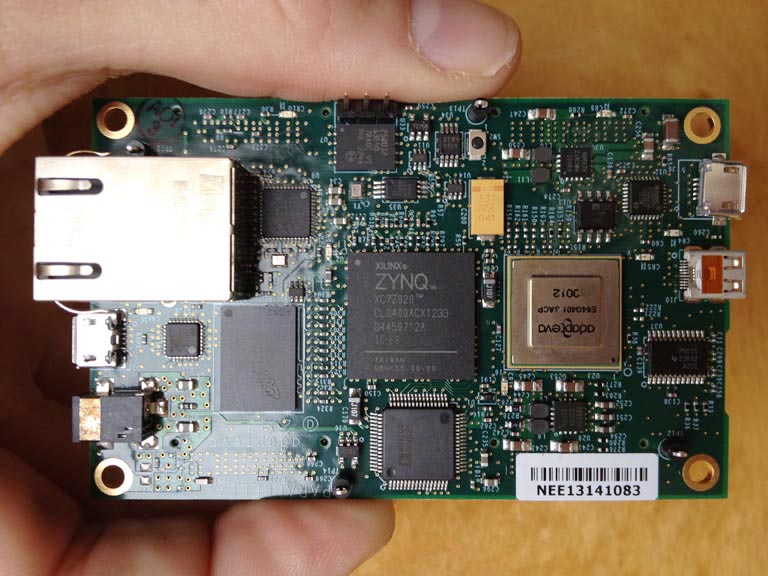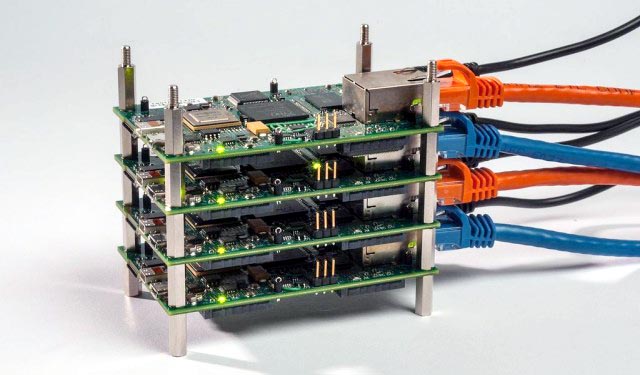A new $100 supercomputer will facilitate a wealth of compute-intensive applications for medical, automotive, and industrial control, machine vision... the list goes on!
 |
| Andreas OIofsson. |
In 2010 Andreas Olofsson had left his job, formed a company called Adapteva, and -- working in his basement and living off his pension fund -- single-handedly invented a new, ultra-low-power computer architecture. The first version of this device was called the Epiphany.
About two years later, in October 2012, Andreas and his colleagues had launched a Kickstarter campaign with the mission to create a Personal supercomputer for only $100. By this time, there were two versions of the Epiphany -- the Epiphany-III and the Epiphany-IV. Both of these devices contain an array of processor cores, each of which is equipped with its own local memory and a single-precision floating-point engine.
The Epiphany-III (implemented at the 65nm node) boasts an array of 16 processors, while the Epiphany-IV (implemented at the 28nm node) features an array of 64 processors.
Everything on the Epiphany is designed to offer optimum performance while consuming as little power as possible. For example, when operating at peak performance, the Epiphany-IV provides 100 Gflops of raw computing power while consuming only 2W. This means that, at 50Gflops/Watt, the Epiphany-IV is 50 to 100X more efficient than anything else out there.
Adapteva's supercomputer platform, which is called the Parallella, is based on the combination of an Epiphany multi-core processor with a Zynq All Programmable SoC from Xilinx. In fact, there are going to be two versions of this little beauty -- one based on an Epiphany E16 (16 cores), and one equipped with an Epiphany E64 (64 cores). Even when running flat out, a Parallella equipped with an Epiphany E64 will consume as little as 5W!
 |
| The credit-card-sized Parallella supercomputer is based on the combination of a Zynq All Programmable SoC from Xilinx and an Epiphany multi-core processor from Adapteva. |
The final Parallella design includes the following:
- Zynq-7020 dual-core ARM A9 CPU
- Epiphany Multicore Accelerator (16 or 64 cores)
- 1GB SDRAM
- MicroSD Card
- USB 2.0 (two)
- Four expansion connectors [option]
- Ethernet 10/100/1000
- HDMI connection
- Ships with free, open-source Epiphany development tools that include C compiler, multicore debugger, Eclipse IDE, OpenCL SDK/compiler, and run time libraries.
- Dimensions are 3.4” x 2.1”
 |
| Four-board Parallella stack with Ethernet and power connectors. |
Parallella boards will be available in different build configurations with a starting price of $99, and these "general availability" orders will ship later this fall.
